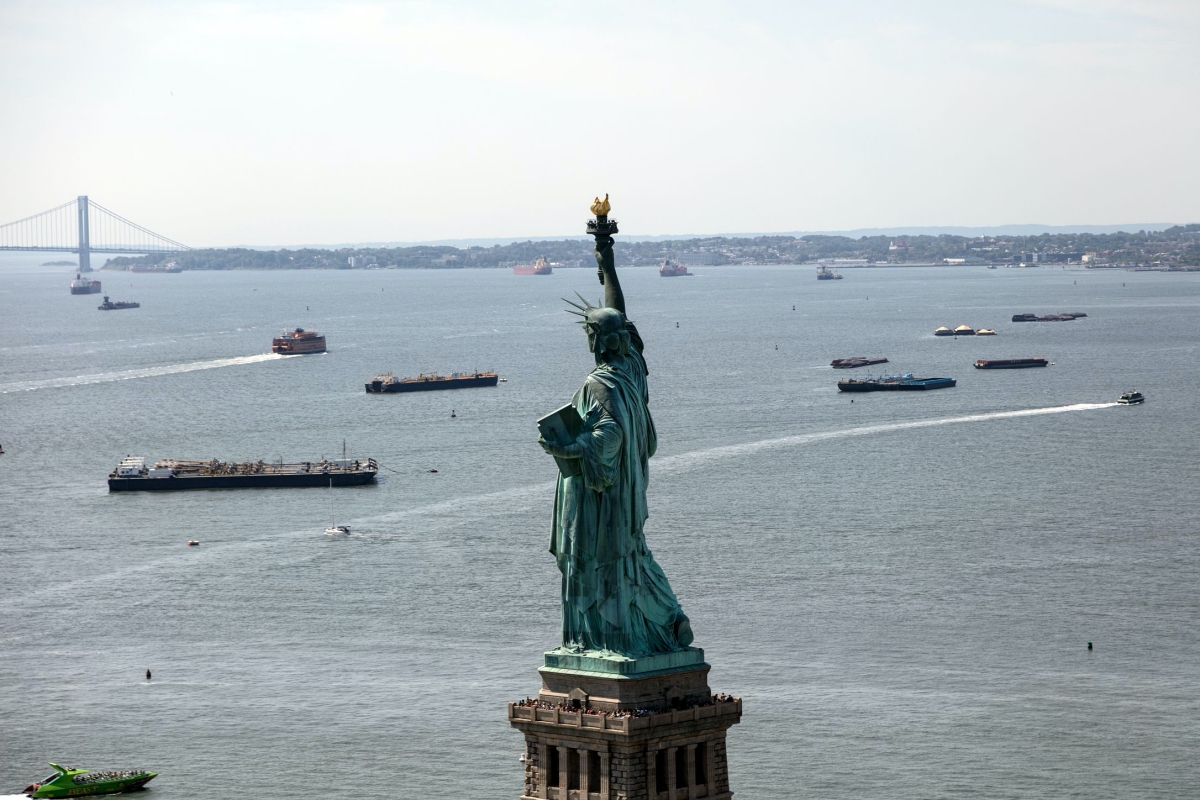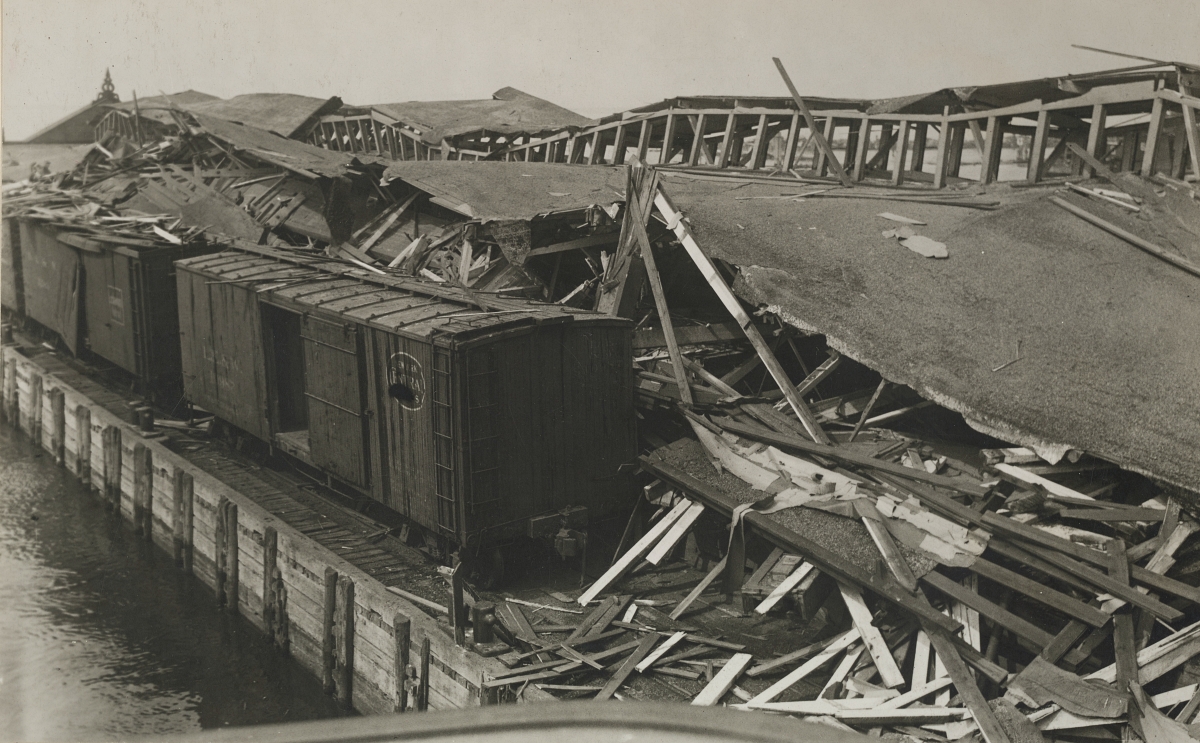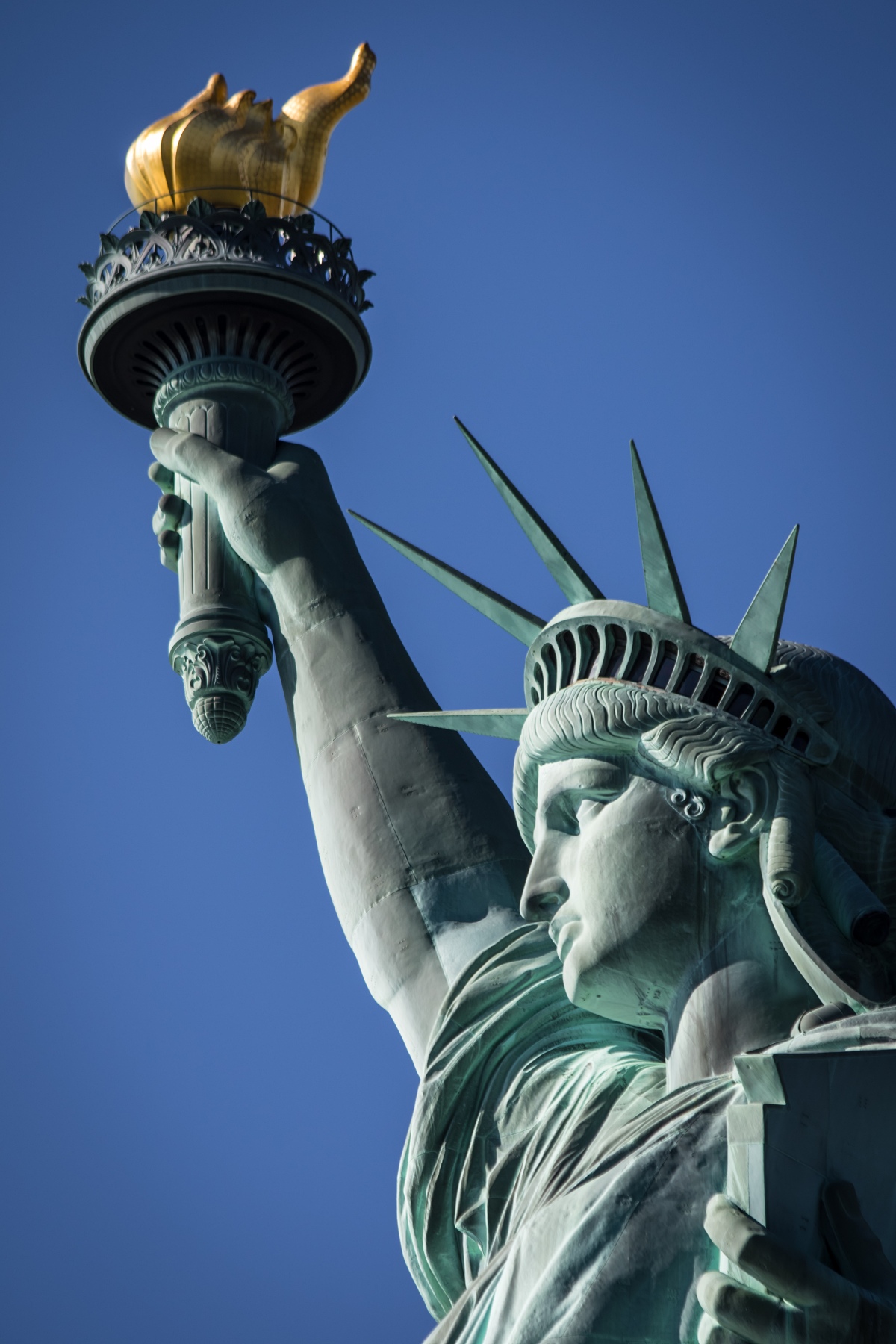The Reason No Visitors Are Allowed on the Statue of Liberty Torch Balcony Anymore
No one was held accountable until after World War II.
The Statue of Liberty is one of the most iconic emblems of the US, with her green patina and upright posture. The torch she carries is seen as a beacon of light and hope for both citizens and for those entering the country for the first time. The statue has also become a tourist destination for people from all over the world and there’s no better way than to see it from the inside. While you can go all the way into the crown of Lady Liberty and look down on Upper New York Bay, visitors can no longer go into the torch balcony as they once could and the reason is fascinating.

Over the course of decades the statue was conceived, planned, funded, and fabricated as a joint effort between France and the US. It was finally assembled on Liberty Island in 1886 to commemorate the Centennial of of United States’ independence, though it took quite a bit of fundraising to ensure it was assembled on Liberty Island (previously known as Bedloe’s Island).
The statue was a collaboration between French artist Frédéric Auguste Bartholdi, and French architect, Gustave Eiffel, to celebrate the US and the legacy of escape from monarchy that both countries shared.

As soon as it was opened crowds flocked to see the giant statue and millions of immigrants saw her as the first major landmark when entering into the US via New York’s harbors. The torch balcony stands at a dizzying 300 feet from ground level and -despite the problems with lighting it at night- was a popular spot for the adventurous who wished to take in the view from up so high. But, in 1916 a mysterious explosion baffled authorities and caused the uppermost portion of the statue to close forever.
Nearby Black Tom Island was at the time producing large amount of munitions to be sold to European countries during the First World War. The US didn’t enter the war until 1917, yet the fact that American-made munitions were being sent to Britain and France was taken by Germany as an act of aggression.

Starting in 1906 the island had been filled in by the Lehigh Valley Railroad and made into more of a peninsula. This also expanded the area of island so that more commercial operations could take place on the site, like filling railroad cars full of guns and ammo for transport.
The explosion caused $25M worth of damage and decimated the industrial works on Black Tom Island. 2 million tons of munitions were exploded and windows as far away as Manhattan and New Jersey were broken from the blast. Surprisingly only 4 people were killed since the explosion took place in the very early morning hours.

The nearby State of Liberty was marked with shrapnel from the explosion and the torch was badly damaged. Initial reports blamed careless workers at the site, then later on German sabotage was expected, but could not be definitively proven. At the time the FBI was in its infancy and there were no real national security laws like we have today.
All of this meant that the fight to find out what happened was largely given up on until the late 1930s when the rise of Hitler’s Third Reich agitated a deep distrust and malice for Germany that was felt across the US.
It was proven that Germany was behind the explosion, at which point a legal battle ensued to recover the money for the damages. It wasn’t until the 1970s that the payout from Germany actually began.

The torch balcony was never reopened to the public after the explosion, perhaps because the only way up is a 40-foot ladder and it could have been a safety concern. The original torch and balcony had to be replaced in 1985 since the explosion as well as various attempts to increase the light from the torch had caused significant damage over the years.
In 2018 the original torch was moved to the Statue of Liberty Museum where you can see it up close today- minus the stunning views of the bay from up high.
SKM: below-content placeholderWhizzco for DOT

